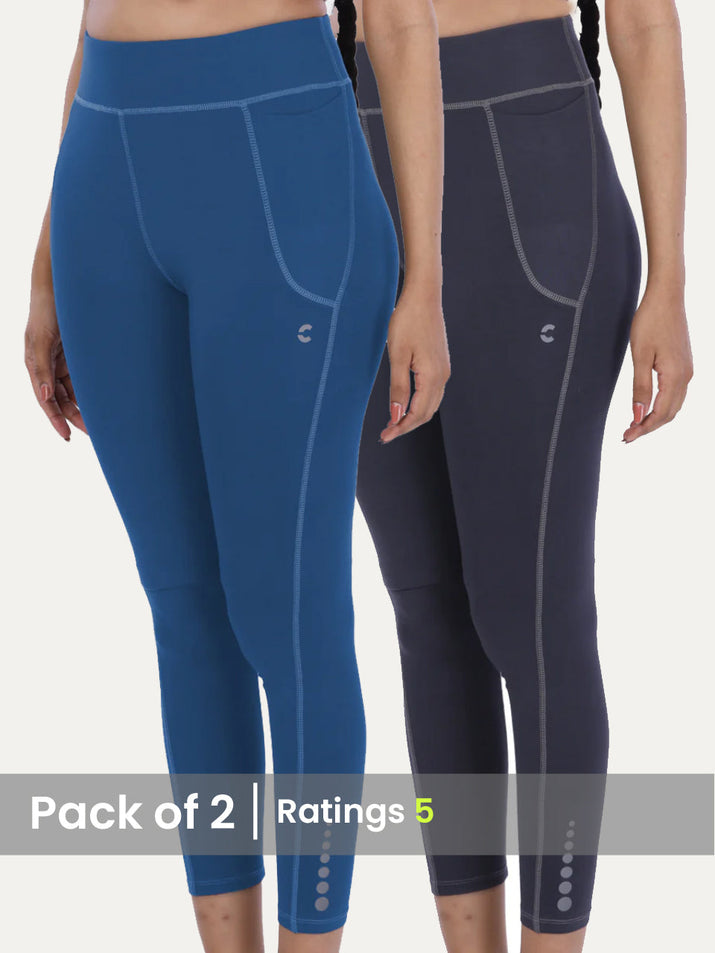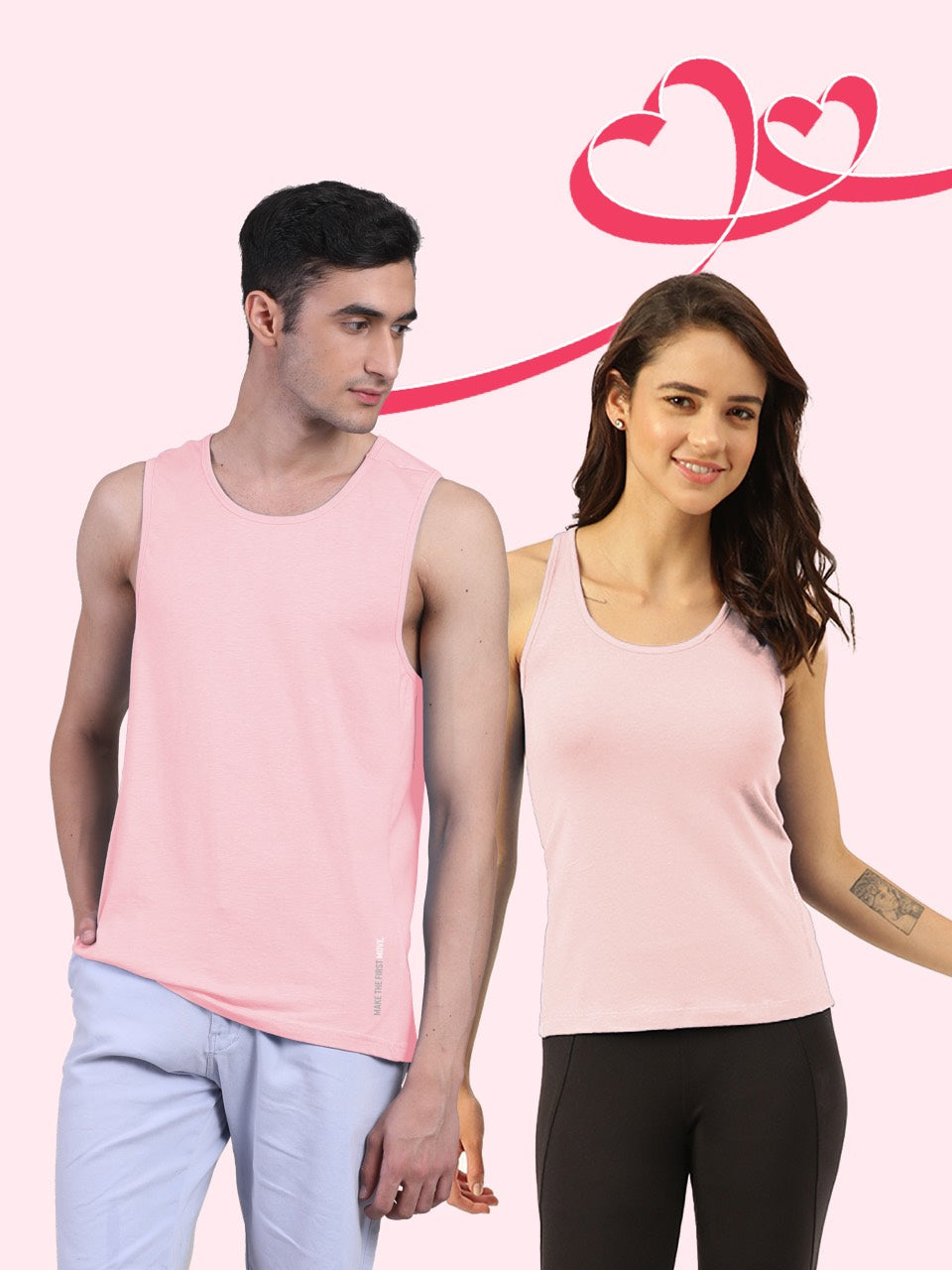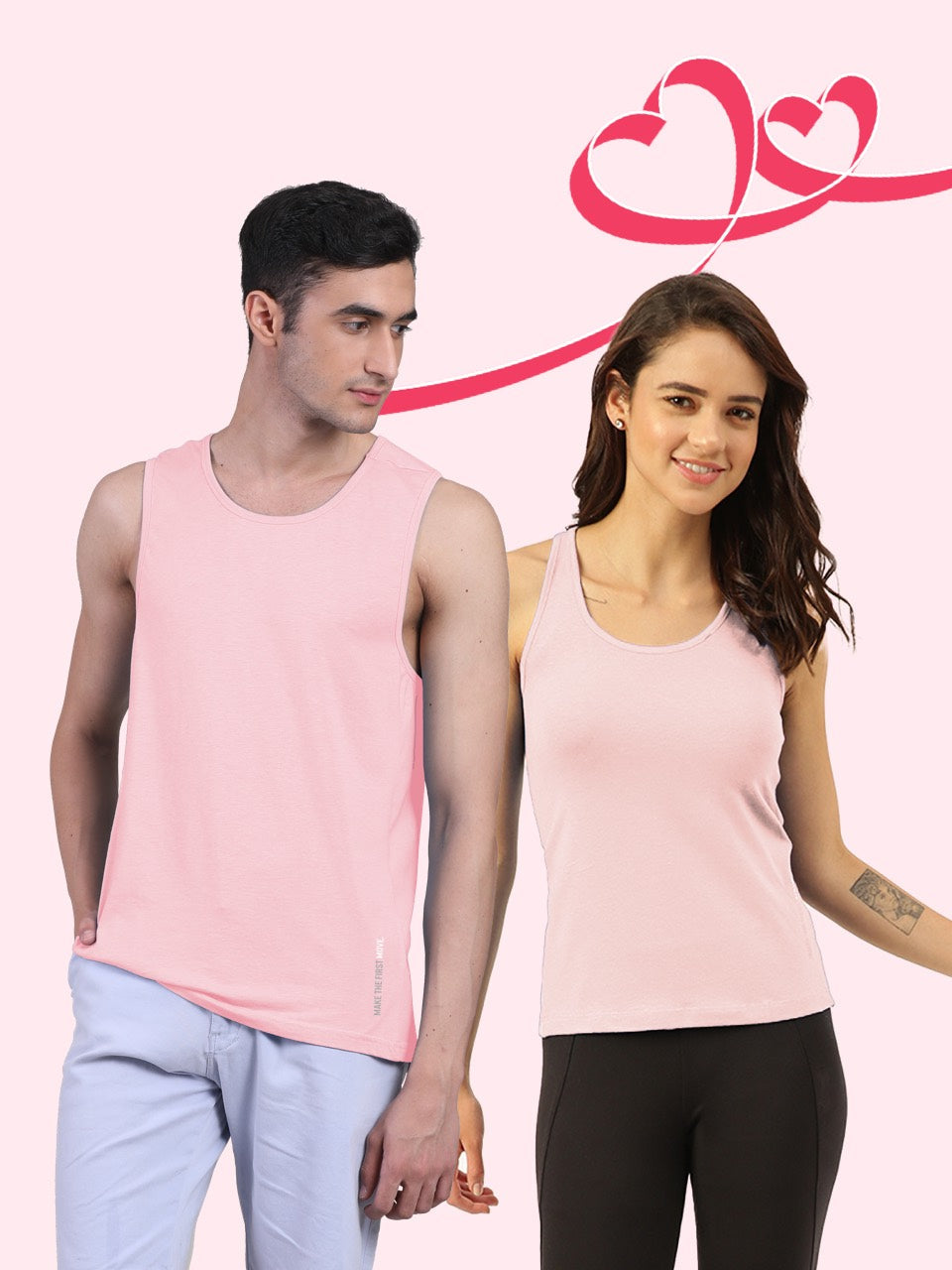More than just a layer, inner wear acts as the unseen architectural base for daily comfort and profound personal confidence. Contemporary innovations in textile science, from ultra-soft modal and breathable bamboo to advanced moisture-wicking synthetics, redefine ergonomic support and skin health, moving far beyond conventional fabrics. Recent developments in seamless knitting and adaptive fit technology prioritize unrestricted movement and personalized comfort, addressing diverse body shapes and functional needs. This evolution elevates inner wear from a mere garment to a sophisticated personal ecosystem, fundamentally influencing posture, mood. Overall well-being, silently empowering individuals throughout their day.

Understanding the Essence of Inner Wear
Often relegated to an afterthought, inner wear is, in reality, the fundamental layer that dictates our daily comfort and, by extension, our confidence. It's more than just a piece of clothing worn closest to the skin; it's a critical interface between our body and the outer garments, playing a pivotal role in how we feel throughout the day. From providing essential support to managing moisture and regulating temperature, the right inner wear can significantly impact our physical well-being and psychological state. Think of it as the silent partner in your wardrobe, working tirelessly behind the scenes to ensure you move, work. Live with ease. It's not merely about modesty or aesthetics; it's about foundational comfort that empowers you.
The Science of Comfort: Fabrics and Materials
The choice of material for your inner wear is paramount to comfort, breathability. Durability. Different fabrics offer distinct properties tailored to various needs and activities. Understanding these can help you make informed choices.
- Cotton A perennial favorite, cotton is renowned for its softness, breathability. Absorbency. It's gentle on the skin, making it ideal for everyday wear, especially for sensitive skin. But, cotton can retain moisture, making it less suitable for high-intensity activities where sweat wicking is crucial.
- Modal/Tencel (Lyocell) These are regenerated cellulosic fibers, often derived from beechwood or eucalyptus. They are incredibly soft, smooth. Have excellent moisture-wicking properties, often surpassing cotton. They drape beautifully and resist shrinking and fading, making them a luxurious yet practical choice for premium inner wear.
- Bamboo Viscose Similar to Modal, bamboo fabric is exceptionally soft, breathable. Naturally antibacterial and hypoallergenic. It's highly absorbent and wicks moisture away, making it a comfortable option for various climates.
- Synthetics (Nylon, Polyester, Spandex/Lycra) These engineered fabrics are champions of performance. Nylon and polyester are durable, quick-drying. Excellent at wicking moisture away from the body, making them perfect for activewear and sports inner wear. Spandex (Lycra) is added to provide stretch and shape retention, ensuring a snug yet flexible fit.
- Silk The epitome of luxury, silk is incredibly smooth, lightweight. Hypoallergenic. It offers excellent temperature regulation, keeping you cool in summer and warm in winter. While delicate and requiring special care, silk inner wear provides unparalleled comfort and a luxurious feel.
For instance, an athlete running a marathon would prioritize synthetic inner wear for its moisture-wicking capabilities to prevent chafing and discomfort, while someone seeking everyday luxury might opt for modal or silk for their softness and breathability. The science behind these materials directly translates into the comfort you experience.
Ergonomics and Design: Beyond the Aesthetics
The design of inner wear goes far beyond visual appeal; it's deeply rooted in ergonomics – the science of designing for human use. Proper ergonomic design ensures that the garment supports the body's natural contours and movements, reducing strain and enhancing comfort. A well-designed piece of inner wear considers factors like seam placement, strap width, band elasticity. Cup shape to distribute pressure evenly and provide optimal support without restricting movement.
- Seam Placement Strategically placed flat seams prevent irritation and chafing, especially crucial in areas of high friction or movement.
- Strap and Band Design Wider straps on bras, for example, distribute weight more effectively across the shoulders, reducing pressure points. A firm yet comfortable band provides the majority of breast support, not the straps.
- Cup Structure Whether molded, seamed, or wired, the cup design is crucial for shaping and supporting the bust, ensuring proper alignment and preventing discomfort.
- Waistbands For briefs and boxers, soft, non-digging waistbands are essential for comfort, preventing irritation or rolling.
A classic example is the evolution of sports bras. Early designs often prioritized compression over comfort, leading to restrictive fits. Modern sports bras, But, incorporate advanced ergonomic principles, using targeted support zones, breathable mesh panels. Seamless construction to provide optimal support during high-impact activities while allowing full range of motion. This meticulous attention to design ensures that your inner wear functions as a second skin, moving with you effortlessly.
Types of Inner Wear and Their Specific Functions
The vast world of inner wear offers a specialized garment for almost every need and occasion. Understanding the purpose of each type helps in making informed choices for optimal comfort and function.
| Inner Wear Type | Primary Function/Benefit | Ideal Use Case |
|---|---|---|
| Bras (e. G. , T-shirt, Sports, Balconette) | Support, shaping, minimizing movement, enhancing silhouette. T-shirt bras offer smooth lines, sports bras reduce bounce, balconette bras lift. | Daily wear, exercise, special occasions, under specific outfits. |
| Panties/Briefs (e. G. , Bikini, Thong, Boyshorts) | Modesty, hygiene, preventing chafing, creating smooth lines under clothing. Bikini offers moderate coverage, thong eliminates visible panty lines, boyshorts provide full coverage. | Everyday comfort, specific outfit requirements (e. G. , bodycon dresses), active wear. |
| Shapewear (e. G. , Bodysuits, High-waist Briefs, Slips) | Smoothing, sculpting, compressing to create a streamlined silhouette. Offers targeted support to specific areas like tummy, thighs, or waist. | Under formal wear, special events, when desiring a more contoured look. |
| Undershirts/Vests (e. G. , Crew neck, V-neck) | Layering, warmth, absorbing sweat, providing a barrier between outer clothing and skin, preventing transparency. | Under shirts, sweaters, in colder climates, or for added modesty. |
| Thermal Wear/Long Johns | Insulation, trapping body heat, moisture-wicking in cold conditions. Designed to keep the wearer warm in low temperatures. | Winter sports, cold weather outdoor activities, cold climates. |
| Camisoles/Slips | Light layering, modesty under sheer tops, reducing static cling, providing a smooth base for dresses. | Under blouses, dresses, or as sleepwear. |
For example, a professional might choose seamless T-shirt bras and briefs for a smooth look under business attire, while a hiker would prioritize moisture-wicking thermal inner wear to stay dry and warm in adverse conditions. The specific design and material of each type are optimized for its intended function.
The Psychological Impact: Confidence from Within
The direct link between what we wear, especially inner wear. Our psychological state is often underestimated. While unseen by most, the comfort and fit of our undergarments have a profound impact on our confidence, mood. Even productivity. When your inner wear is uncomfortable—too tight, ill-fitting, or constantly shifting—it creates a subtle yet persistent distraction. This constant physical discomfort can chip away at your focus, energy. Overall sense of well-being. Imagine trying to deliver a presentation or simply enjoy a day out while constantly adjusting your bra strap or pulling down your briefs; it's a drain on mental resources.
Conversely, when your inner wear fits perfectly and feels comfortable, it provides a sense of security and freedom. You move through your day unhindered, allowing you to focus entirely on your tasks, interactions. Experiences. This foundational comfort contributes to a feeling of being put-together and prepared, which naturally boosts self-assurance. A study by the University of Hertfordshire, though not specifically on inner wear, highlighted how clothing choices can significantly influence an individual's psychological processes, including their confidence and cognitive performance. When you feel good in what you're wearing, even the layers closest to your skin, it translates into how you carry yourself, how you interact with others. How effectively you tackle challenges. It's a subtle yet powerful form of self-care that radiates outward as confidence.
Choosing Your Ideal Inner Wear: A Practical Guide
Selecting the right inner wear is a personal journey that depends on your body type, lifestyle. Specific needs. Here are actionable tips to guide your choices and ensure you experience optimal comfort and daily confidence.
- Get Professionally Fitted (Especially for Bras) This is perhaps the most crucial step. A professional bra fitter can accurately measure you and recommend styles that suit your unique shape. Many women wear the wrong size, leading to discomfort, poor posture. Visible lines. This single step can revolutionize your comfort.
- Prioritize Fabric Based on Activity
- Daily Wear Opt for breathable, soft fabrics like cotton, modal, or bamboo for general comfort.
- Active Wear Choose moisture-wicking synthetics (polyester, nylon blends) to stay dry and prevent chafing during exercise.
- Special Occasions Consider silk or seamless options for a luxurious feel and smooth lines under formal attire.
- Consider the Outfit and Occasion
- For tight-fitting clothing, seamless or thong inner wear can prevent visible panty lines (VPLs).
- Under sheer fabrics, choose inner wear that matches your skin tone or is designed to be invisible.
- For deep necklines or backless dresses, explore plunge bras, stick-on bras, or backless solutions.
- Assess Fit, Not Just Size Size tags are a guide. Fit is paramount. Your inner wear should not dig in, pinch, or leave red marks. It should feel like a second skin – snug but comfortable, allowing full range of motion. For bras, the band should be level and firm, the cups should fully encapsulate the breast without gaping or spilling. The straps should stay in place without digging.
- Invest in Quality While it might be tempting to opt for cheaper options, investing in high-quality inner wear often pays off in terms of durability, comfort. Long-term satisfaction. Well-made garments retain their shape and support longer.
- Proper Care Extend the life of your inner wear by following care instructions. Hand washing or using a delicate cycle with mild detergent. Air drying, can preserve elasticity and fabric integrity.
By consciously applying these guidelines, you transform the act of choosing inner wear from a mundane task into a strategic decision that enhances your overall comfort and bolsters your daily confidence.
Innovation in Inner Wear: The Future of Undergarments
The world of inner wear is far from stagnant, continually evolving with technological advancements and a growing emphasis on sustainability and inclusivity. Innovations are reshaping how we perceive and interact with our foundational garments, pushing boundaries beyond traditional comfort and support.
- Smart Fabrics and Wearable Tech The integration of smart textiles is an exciting frontier. We're seeing inner wear designed with embedded sensors that can monitor heart rate, sleep patterns, body temperature, or even muscle activity. This data can be transmitted to apps, offering personalized health insights. For instance, companies are developing smart bras that can detect early signs of breast cancer or track posture.
- Sustainable and Eco-Friendly Materials With increasing environmental awareness, there's a significant shift towards sustainable inner wear. Brands are utilizing recycled materials (e. G. , regenerated nylon from ocean waste), organic cotton, bamboo. Innovative plant-based fibers. Production processes are also becoming more eco-conscious, focusing on reduced water usage and non-toxic dyes. This commitment to sustainability ensures that comfort doesn't come at the Earth's expense.
- Inclusive Sizing and Design The industry is recognizing the diverse needs of all body types. Innovation here means expanding size ranges to truly cater to every body, moving away from a one-size-fits-most mentality. This also includes adaptive inner wear for individuals with disabilities, featuring easy-closure systems or designs for specific medical needs. The focus is on creating inner wear that empowers everyone to feel comfortable and confident, regardless of their shape or ability.
- Seamless and Bonding Technologies Advancements in manufacturing allow for seamless construction and heat-bonded edges, eliminating traditional seams. This not only enhances comfort by preventing chafing but also creates an incredibly smooth silhouette, making the inner wear truly invisible under clothing.
These innovations highlight a future where inner wear is not just a basic necessity but a sophisticated garment that contributes to our well-being, aligns with our values. Adapts to our evolving lifestyles. The journey of inner wear continues, promising even greater comfort, functionality. Personalized experiences.
Conclusion
Inner wear is far more than just a base layer; it’s the silent architect of your daily comfort and, by extension, your confidence. We’ve seen how choosing the right fit and fabric, from supportive briefs to seamless boy shorts, directly impacts your entire day. Consider it an essential self-care practice: dedicate time to evaluate your current collection. For instance, do your pieces truly offer the freedom of movement and breathability you deserve, especially with current trends favouring natural, moisture-wicking fabrics like bamboo or Tencel? My personal tip? Discard anything that pinches, bunches, or leaves marks – I once endured an entire day of discomfort from ill-fitting underwear, which genuinely overshadowed my productivity. Embrace innovation, like the seamless designs now widely available, which eliminate visible lines and enhance comfort. Remember, investing in quality inner wear isn’t an indulgence; it’s an empowering decision that allows you to move through your day with unshakeable confidence. Your foundation dictates your freedom.More Articles
Brief – Optimal Fit & All-Day FreshnessMen's Brief – Ultimate Support & Breathable Comfort
Women's Boxers – Relaxed Feel & Leisure Style
Women's Boy Shorts – Seamless Design & All-Day Comfort
Tank Top – Essential Layering & Breathable Performance
FAQs
Why bother paying attention to inner wear? Isn't it just underwear?
It's way more than just underwear! Your inner wear is the first layer against your skin, directly impacting your comfort all day long. When it fits right and feels good, it sets a positive tone, supports your posture. Even boosts your confidence, letting you focus on your day without distractions.
How do I figure out my correct inner wear size?
Getting the right size is crucial for comfort and support. For bras, it often involves measuring your band and bust. For other items, it's usually based on hip and waist measurements. Many brands have size guides. Generally, if it digs in, bunches up, or feels loose, it's likely the wrong size. A professional fitting can be incredibly helpful for bras.
What materials are best for everyday inner wear?
For daily wear, breathable and soft materials are key. Cotton is a popular choice for its breathability and absorbency. Modal and bamboo are also excellent for their softness and moisture-wicking properties. Synthetic blends can offer stretch and support. Always look for ones designed for comfort and airflow.
How often should I replace my inner wear?
Generally, it's recommended to replace inner wear every 6-12 months, depending on wear and tear. Bras might last a bit longer with proper care. Once elastic starts to stretch out, fabric thins, or support diminishes, it's time for new ones. Regular replacement ensures you maintain optimal comfort and hygiene.
Can my inner wear really impact my confidence or how I feel?
Absolutely! Imagine wearing something that constantly pinches, rides up, or just doesn't feel right – it's distracting and uncomfortable. On the flip side, well-fitting inner wear provides support, smooths your silhouette. Allows your clothes to hang better. This foundation of comfort frees your mind and can significantly enhance your self-assurance throughout the day.
Are certain inner wear styles better for specific outfits?
Definitely! Matching your inner wear to your outfit can make a big difference. For example, seamless styles are great under fitted clothing to avoid lines, while full-coverage options offer modesty and support. Strapless or convertible bras are perfect for off-shoulder tops. High-waisted briefs can provide a smooth line under dresses. It's all about creating a seamless look and feeling confident.
What's the best way to care for my inner wear so it lasts?
Proper care extends the life and comfort of your inner wear. Hand washing in cool water with a gentle detergent is ideal, especially for bras and delicate items. If machine washing, use a mesh laundry bag on a delicate cycle. Always air dry, as high heat from dryers can damage elastic and fabric. Avoid harsh chemicals or bleach to keep them in top shape.






